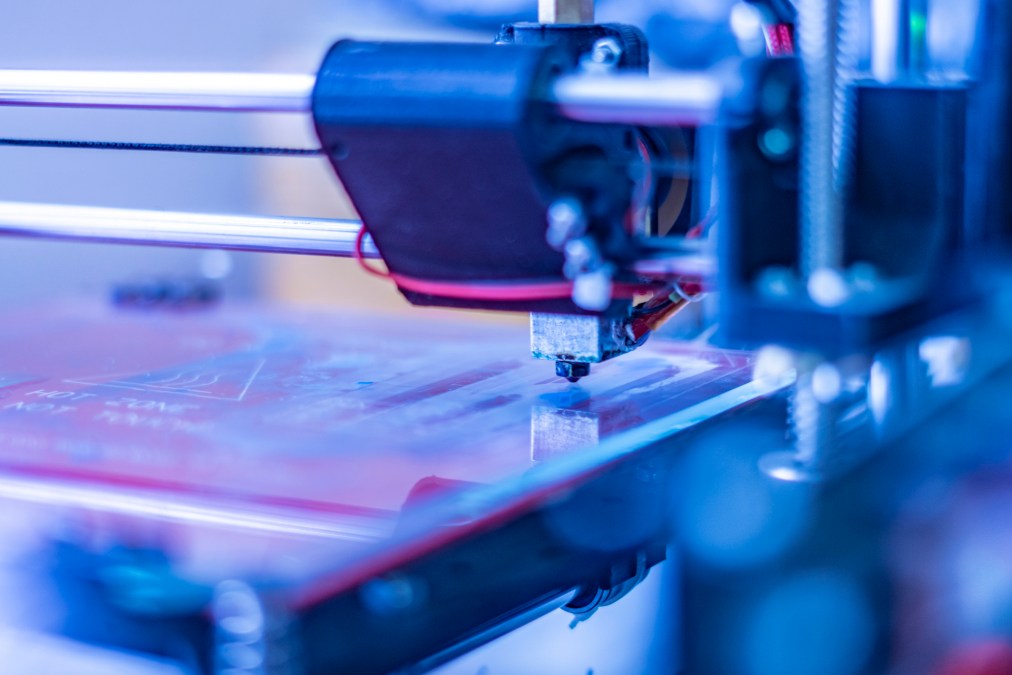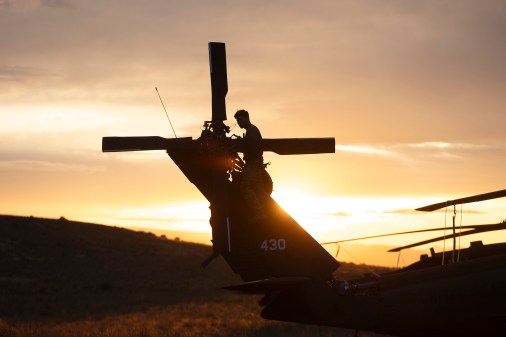Pentagon arms Ukraine with ‘industrial-size’ 3D printers

You can add “industrial-size” 3D printers to the list of items the U.S. has provided Ukraine to help it combat Russian forces.
The newly delivered equipment will allow Ukraine to up its game with additive manufacturing to generate spare parts for its battlefield forces, Pentagon acquisition chief William LaPlante said Friday during a think tank event in Washington.
The United States and other nations have been supplying Kyiv with vehicles, drones and a slew of other weapons and technologies since Russia invaded last year.
“Ukrainians were initially 3D printing their own parts before they even had the tech data packages. And as [Assistant Secretary of Defense for Sustainment] Chris Lowman says, ‘When your country is under existential attack, intellectual property laws are just mildly interesting.’ So, but we’ve cleaned that up, we’ve gotten them — with other countries — gotten them all the tech data packages,” LaPlante said at the Center for a New American Security.
“Then we just finally last month we got them these industrial-size 3D printers into country. And this last week, we trained them on it … I mean, we’re talking like a truck size that the Ukrainians have finished training on. It’s going right in theater and they’re printing all their repair parts. You know, I mean, it’s just remarkable what they’re doing and it’s changing the ballgame, of course,” he said.
The 3D printer equipment is about the size of a U-Haul, according to LaPlante.
During a panel earlier this week at AFA’s Air, Space and Cyber conference, LaPlante highlighted additive manufacturing as a technology that excites him because of the opportunities it provides for production and sustainment.
“Additive manufacturing and 3D printing is real, and it’s real as a capability for us to use on our weapon systems. That was not the case 10 years ago. People were talking about it but frankly it wasn’t credible, it was boutique. That’s not true anymore,” he said, noting that the tech is being used in industry to produce parts for things like aircraft engines and cars.
“What’s interesting about it is not just that you can do things fast, you can [also] produce things that we could not produce otherwise. And what’s happening of course and we’re seeing it in Ukraine is it’s also changing how sustainment is done. Ukrainians right as we speak are 3D printing parts and firing pins for the M777s [howitzers] and getting them right back into the fight,” LaPlante said. “And yes, we made sure the Ukrainians had the proper IP. Because it was just mildly interesting to them … about having the proper IP when they were at war. But yes, they’re doing it properly.”






